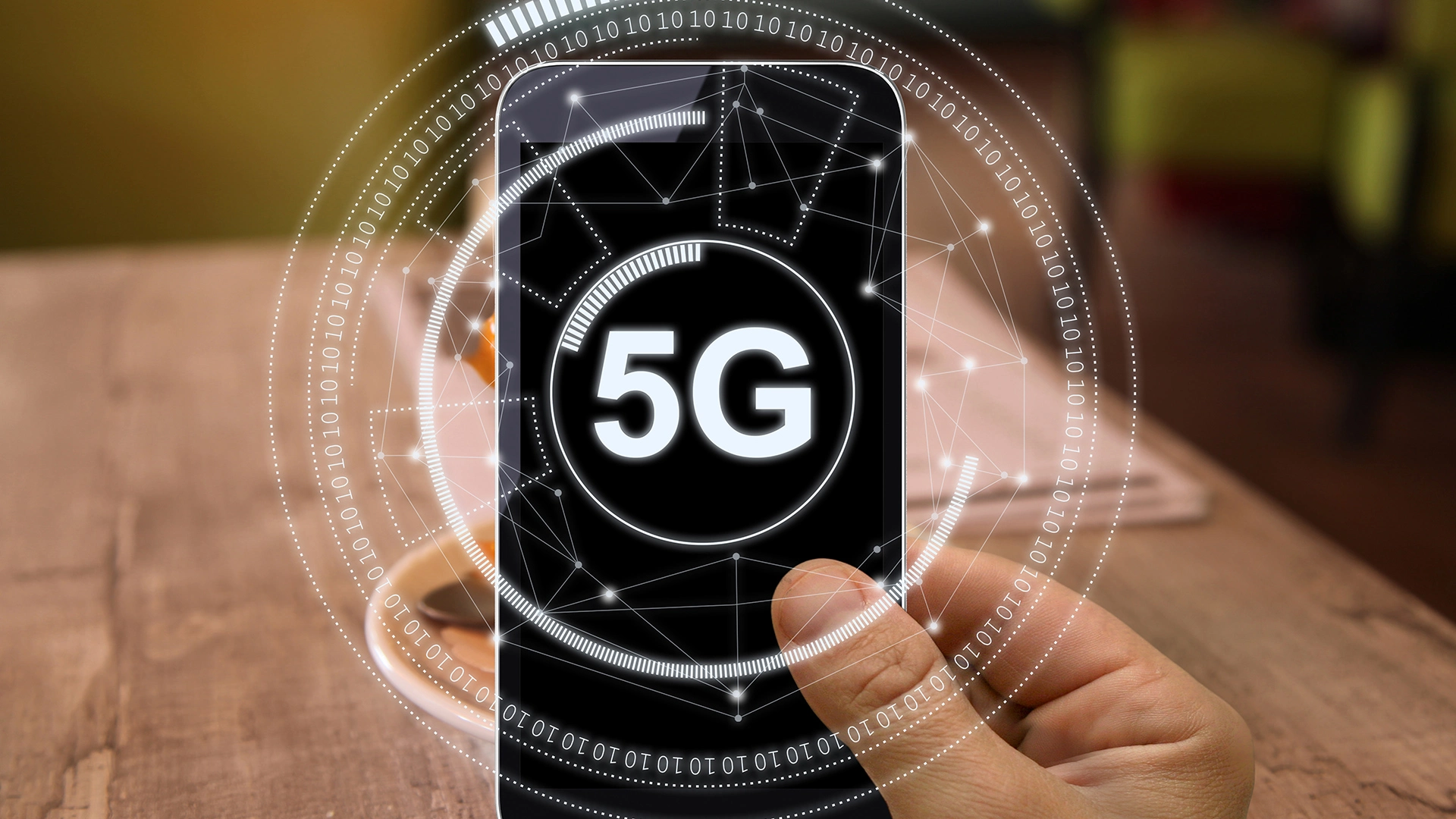
How Can 5G Reshape Freight Transportation And Logistics?
Telematics technology has undergone considerable reforms in the last few years, introducing various changes, especially for the transportation sector. From the management to the upgrade of trucks, overall, a more digital approach is being adopted from transport companies, wishing to upgrade their game and benefit from the pecks of technology. In particular for road freight transportation, the 5G rollout is willing to take the sector to the next level, providing more efficient, sustainable, and safer transportation. Monitoring the situation, the EU has already invested 70 million euros in 5G connected and automated mobility, demonstrating the institution's will to shift into more digital transportation across the continent.
The basic principle that 5G technology is going to implement is end-to-end connectivity and communication with everything. Since this is a very vague statement, here are some of the most significant improvements we might see happening soon on our roads.
5G connectivity and the upgraded fleet management
Thanks to 5G connectivity, companies will be able to take advantage of real-time data on driver habits, efficient routes, and fuel consumption. Via the use of intelligent sensors, onboard computers which show the driving behavior (speed, exact location, and fuel consumption), and data capturing technology, the efficiency levels can, without doubt, improve. Transport managers will therefore have all the performance information displayed with data that can be analyzed anywhere and at any time.
Sustainable freight transportation with 5G technology
Sustainable freight transportation is becoming more and more popular, with companies opting to lower their CO2 emissions, thus adopting measures that reduce their truck's carbon footprint. This is the case for platooning, the process where two or more trucks are linked together in convoy. With platooning, trucks maintain the same distance among each other and even break at the same time. Adding to this technology, 5G will bring additional benefits to transportation companies, including the significant reduction of fuel consumption and costs.
The role of 5G in road safety for drivers and pedestrians
Another challenge 5G mobility is willing to accept is the improvement of safety not only for the drivers and the goods they're transporting, but also the protect ion of pedestrians and implement action of a safe driving behavior. Real-time notifications will inform drivers about the road conditions, making it easier for them and the transport managers to react faster in emergencies. This valuable information coming from the fifth generation of cellular networks is estimated to reduce accidents by scanning the road signs and giving the vehicle itself the autonomy to react. In a practical example, a 5G powered truck would break on pedestrian crossings, stop when the traffic lights are red, and read and adapt to the speed limits allowed.
Optimized routes and maximize efficiency with 5G solutions
New technologies are gradually transforming daily activities, but when combining forces, the results can be even more impressive. Experts are trying to see the mutual benefits of 5G roads and the IoT (Internet of Things). Vehicle-to-infrastructure (V2I) technology can create a seamless integration between trucks and infrastructure, boosting efficiency on each route. A truck that uses V2I technology is able to read road signs, communicate with other trucks on the go, and program the best and most optimal route, by knowing when the traffic lights turn red and thus adjusting the speed to reach its destination faster and with lower fuel costs. You can read more about the benefits of the Internet of Things on our blog.
Already big companies all over Europe have started to consider upgrading the way they manage and transport goods, with Teleroute being a strong ally when it comes to digital innovation in road freight transport. However, the digitalization project is not concerning freight transportation solely, but also our everyday lives. Let's see what the future holds.
